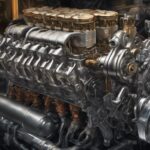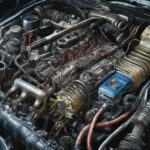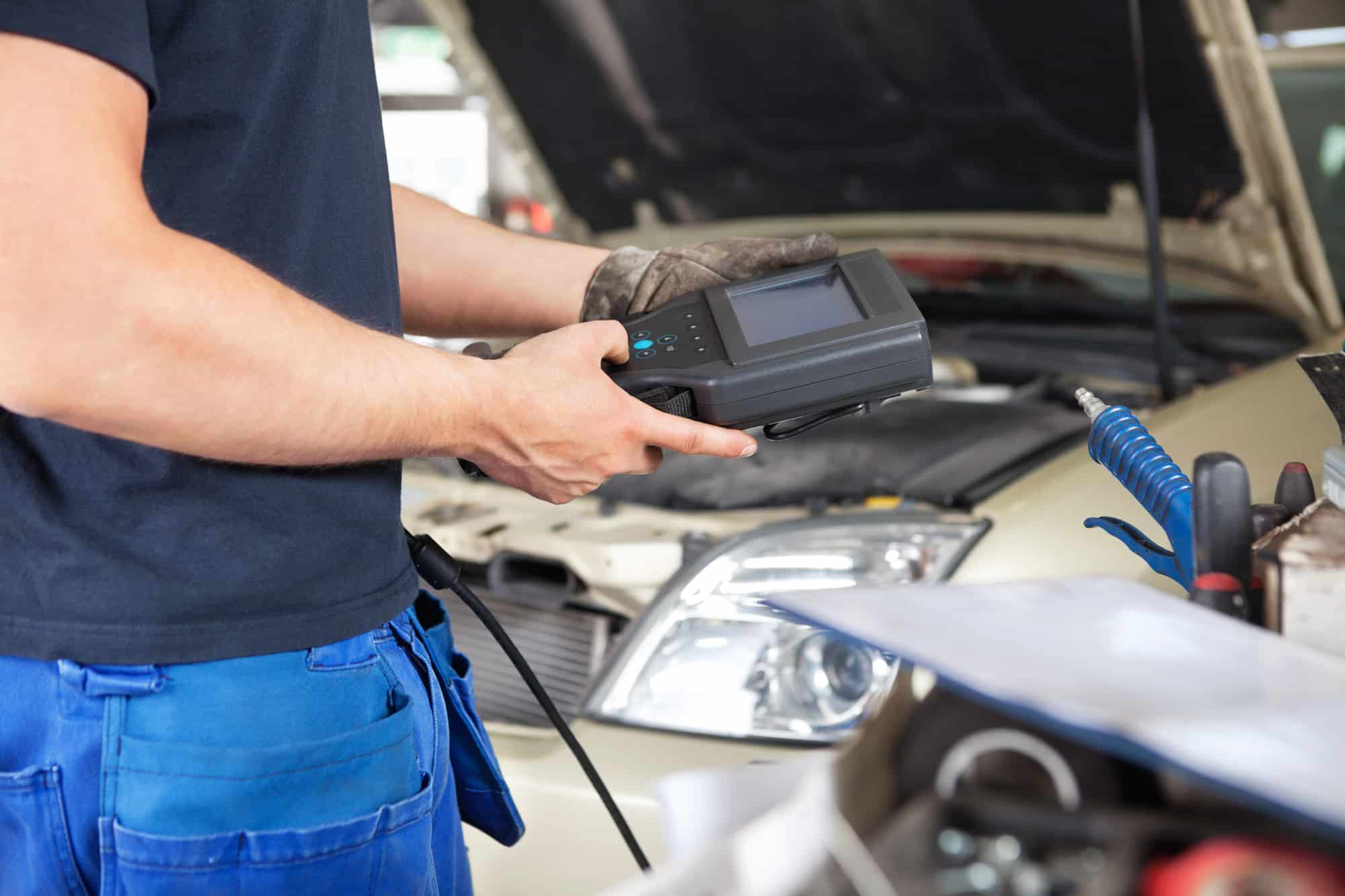What Does Engine Code P0340 Mean?
- P0340 Technical Definition: Camshaft Position Sensor Circuit Malfunction
- P0340 Meaning: Camshaft position sensor is not working properly.
- Most common cause: Dirty or failed camshaft position sensor
- Risks for the engine/driver: Medium It’s best to get your car checked out as soon as possible
- Emissions severity: HIGH.
The car won’t pass emissions testing
- Estimated repair time: 1-2 days
- Estimated repair cost: $100-200
The OBD2 engine code P0340 is stored in memory when the Electronic Control Unit (ECU) detects that the Camshaft Position Sensor (CMP) readings are outside the expected voltage range/pattern.
The Camshaft Position Sensor is an important component for both the fuel delivery system and the ignition system. Its job is reporting, in real time, the position of the camshaft and thus the intake valve timing.
Depending on the vehicle programming, the CMP information can be used by the ECU to determine “when” it needs to trigger the corresponding fuel injector (intake valve opening) but also could be used in conjunction with the Crankshaft Position Sensor (CKP) to determine the spark timing.
As you may guess, the CMP data is of great significance for a timely fuel/spark timing.
Technically speaking, the CMP is usually based on the Hall-Effect design consisting of a toothed wheel attached or part of the cam itself and a stationary electromagnet that also holds the Hall-Effect sensor.
As the wheel rotates a voltage pattern is generated similar to a square wave.
The cylinder #1 intake valve opening position is usually recognized by using a distinctive tooth normally wider than the rest.
That way the ECU uses the wave pattern to identify each valve position and define the appropriate fuel/ignition timing.
The P0340 code is set when the ECU detects a significative variation on the expected voltage pattern, or when the signal is intermittent.
7 Common Symptoms When Code P0340 is Present
The most common symptoms of data trouble code P0340 are:
- Check Engine Light (CEL) lit.
- Difficulty during engine start, in many cases even a no start condition.
- Poor fuel economy.
- Rough idle.
- Noticeable engine hesitation during acceleration.
- Gas smell from the exhaust pipe.
What Causes Error Code P0340
The most common causes of data trouble code P0340 are:
- CMP sensor wiring (open, shorted, burnt)
- CMP sensor connector (loosely, corroded, disconnected or bent pins)
- Dirty or clogged CMP sensor (oil, metal debris)
- Bad CMP sensor
How To Diagnose The Cause Of P0340
For the purpose of this article, it’s assumed that you have a basic knowledge of safety precautions while working on your vehicle.
Always refer to the appropriate OEM literature when possible. Original manufacturer diagnostic procedures should always have precedence over a generic workflow.
That said, let’s start the diagnostic process!
1. Preliminary steps
To discard a possible intermittent DTC condition, you’ll need to clear the ECU memory and complete a driving cycle.
- Read data trouble codes and take note of them.
- Clear data trouble codes memory.
- Perform a driving cycle (at least 5-10 minutes).
In case the Check Engine Light stays off then you may have an intermittent problem. If the light lit during your driving cycle then continue with the diagnostic process.
2. Visual Inspection
> CMP condition: to inspect the CMP condition you will need to remove it from the vehicle. Usually, the Camshaft Position Sensor is located on the valve cover, in this case, engine bank 2 cover.
Look for oil, dirt and/or metal debris attached to its magnetic tip. Clean the sensor with extreme care and re-install it on the vehicle. Repeat step 1 to check if the problem is solved.
> CMP Sensor wiring and connector: perform a meticulous visual inspection of the Camshaft Position Sensor wiring and connectors.
Look for burnt, damaged, corroded or deteriorated wires, also unplug the sensor and look for bent terminal pins, loosely connections, corrosion or any other possible indication of a bad connection.
Fix any wiring problem before continuing.
3. Electrical Tests
> CMP electrical tests: due to this sensor importance you should perform a comprehensive electrical test including continuity, reference voltage, ground, and supply voltage.
Refer to the appropriate OEM literature in order to perform these tests.
4. Oscilloscope Tests
> Camshaft Position Sensor live test: the most efficient and accurate way to test any Hall-Effect sensor is using an oscilloscope.
Locate the signal output wire from the CMP connector and connect one oscilloscope probe to it.
Connect a second probe to a known ground (battery negative terminal is a good one).
- Your vehicle starts: start your engine. Adjust your oscilloscope vertical and horizontal scales until you can see the square pattern. Take note of the pattern and compare it with the appropriate OEM literature.
If you notice intermittent signals or non-square patterns then you may have a faulty sensor.
- Your vehicle cannot start: in case your vehicle is suffering from a no start condition then keep the starter motor running while you adjust the scale.
If no signal is detected you may have a bad CMP sensor and/or (less likely) a broken tooth in the camshaft.
How To Repair Engine Trouble Code P0340
Depending on the diagnostics results you may need to do the following:
- Repairing the CMP sensor wiring and/or connectors.
- Cleaning the CMP sensor
- Replacing the CMP sensor
- Replacing the camshaft






